Toys
What Kirklees children played with in the past
Since the beginning of time, children have played with toys. They have been used to help practice traditional skills they might need as an adult, such as dolls being used for girls to practice having a baby, or boys playing with toy soldiers. They sent messages around what was expected of them as they grew up. They also provided a chance to develop their skills linked to movement. Games played together were important in helping people develop friendships and learn how to negotiate conflict.
Pre-history
Ancient Egyptian children played with similar toys to the ones children play with today, such as dolls and wooden animals.
Ancient Greece
In Ancient Greece when boys were not at school and girls were not working they played ball games with inflated pig's bladders. They also played with knucklebones, spinning tops, dolls, model horses with wheels, hoops and rocking horses.
Romans
Roman children played with wooden or clay dolls and hoops. They also played ball games and board games.
Tudors
In the 16th century children still played with wooden dolls. They also played cup and ball (a wooden ball attached by string to the end of a handle with a wooden cup on the other end. You had to swing the handle and try and catch the ball in the cup).
Victorians
The industrial revolution allowed toys to be mass produced and they gradually became cheaper. This was when the jigsaw was created, as well as dolls houses, skipping ropes and marbles.
Modern
Plastic is now the main material used in toys, the first lego was introduced in 1949, and Barbie doll in 1959. Nintendo rose in popularity in the 1980's, and since then electronic games have dominated the market.
What to expect in the box
The items in bold are original items, please take extra care of these.
These photographs show children playing around the Kirklees area.
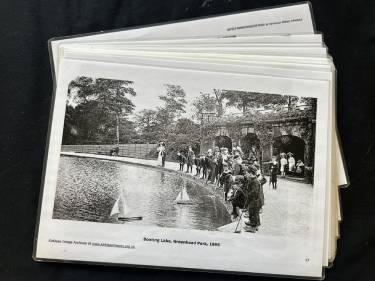
Wooden dancing clowns have been popular since the Victorian times, though they would have used lead as paint! Due to the bright colours and moving parts, it would have been expensive.
The player would spin the wheel and the clowns move up and down.

Children have enjoyed stories for centuries, and this book from 1935 shows some of the tales and pictures they would have enjoyed looking at.
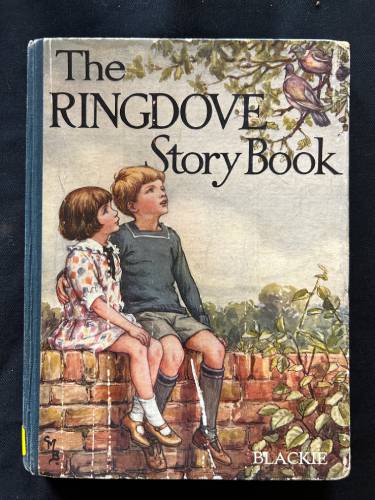
he gyroscope was invented around 1812 by German physicist Johann Bohnenberger who called his device simply the "machine".
This one is from the 1950s.
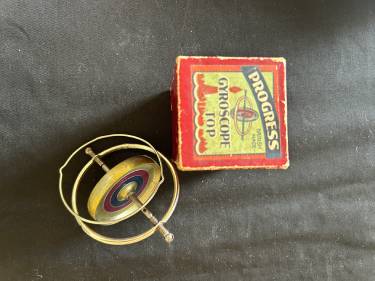
Action Man was originally produced and sold in the United Kingdom from 1966 until 1984, copying a similar doll called GI Joe made in America in 1964.
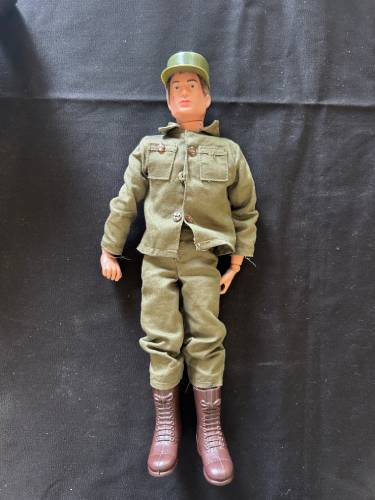
Archaeologists have found wooden toys like dolls, animals, and spinning tops in the ruins of ancient Egypt, Greece, and Rome.
This toy would be modeled on new planes from the 1900s.
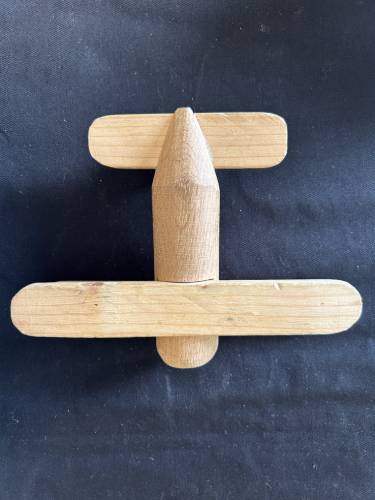
The first recorded use of roller skates was in 1743, and over time the design changed to become safer.
These roller skates are from the 1970s, and could be adjusted to fit the shoe of the wearer

The kaleidoscope was invented by accident in 1816, by a Scottish scientist.
By the 1980s they were mass-produced, and were often found in gift shops!
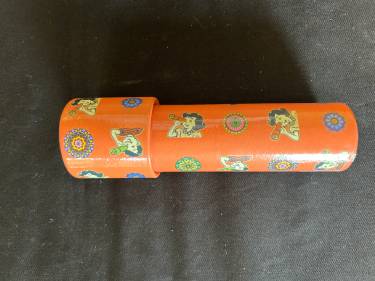
Pull-along toys have been around for centuries and have been played with by children during many time periods, including ancient Egypt, medieval England and the Vikings!
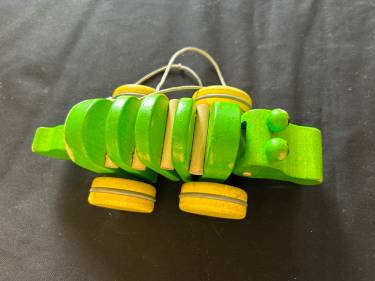
People do not know when the skipping rope was first used!
Some believe that it dates back to ancient Egypt or even ancient China, where athletes would skip over vines as a form of fitness training.
We do know that rope skipping as we know it today is around 400 years old.
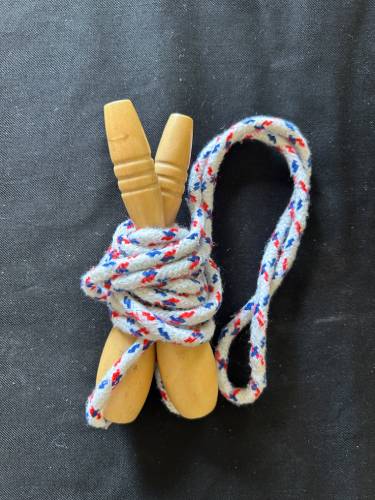
Simple carved wooden toy horses have been used by children for hundreds of years, many have even been found on old Viking sites!
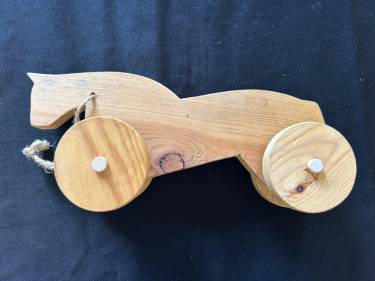
Sooty and Sweep are characters from The Sooty Show, the world's longest-running children's television show. They were first on TV in 1952.
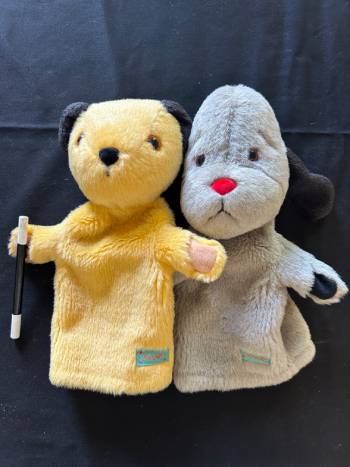
The yo-yo was probably created in ancient China, but was first mentioned by the Greeks around 500 BC.
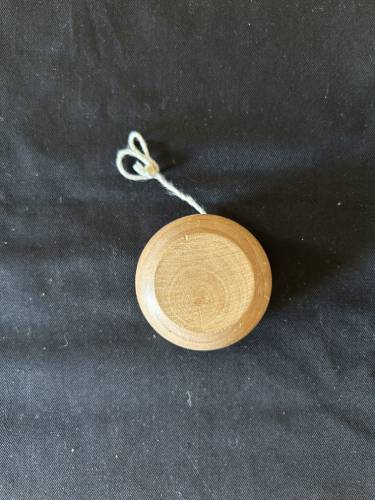
Today most toys are made out of plastic. This can be very bad for the environment as it doesn't biodegrade, can alter habitats, and can release toxins.
This is a toy that has been made from recycled materials, so it is better for the environment.
For the same reasons, wood is an increasingly popular material in the toy market.
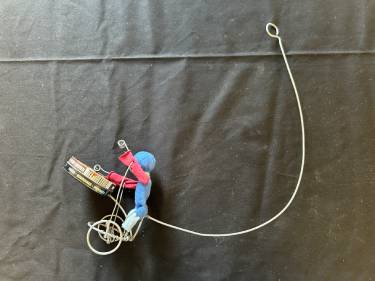
Victorian dolls were made from a variety of materials, including wood, rags, papier mache, wax, and porcelain.
Rich children would have expensive porcelain dolls wearing detailed clothes.
Poorer children could have to make their own, using every day items that were cheap.

Elmer the Patchwork Elephant is a children's book series created by David McKee that first appeared in 1968.
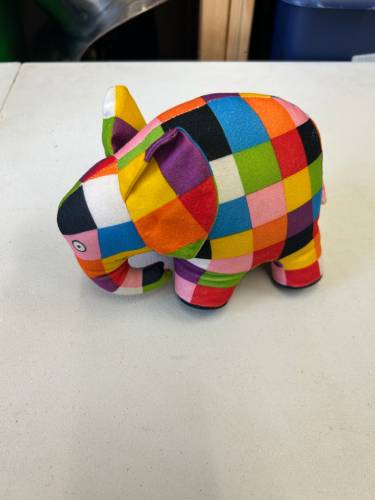
Explore the following themes using the objects
- Childhood
- Innovation
- Technology
- Materials
- Animals
- Chronology




